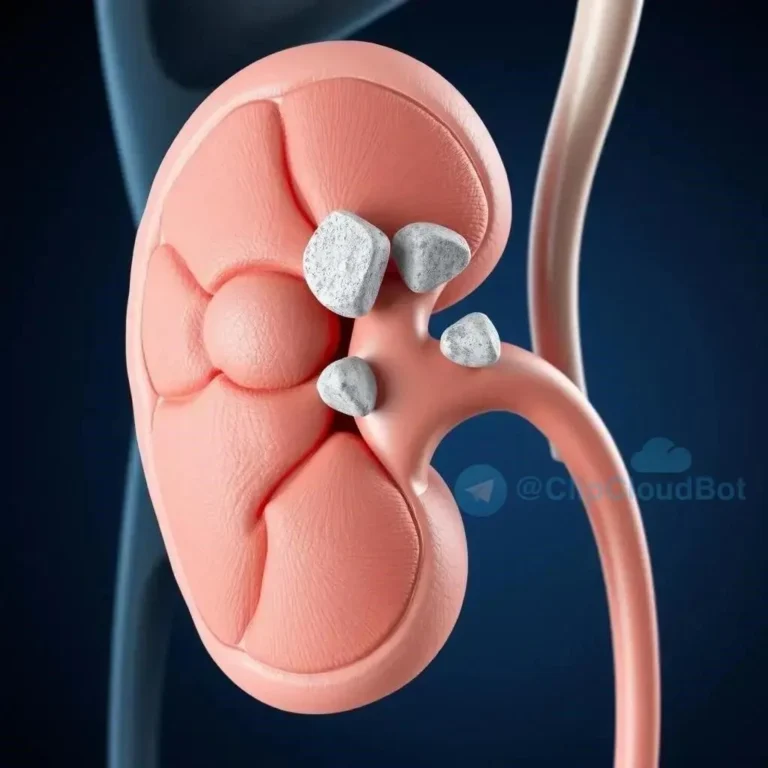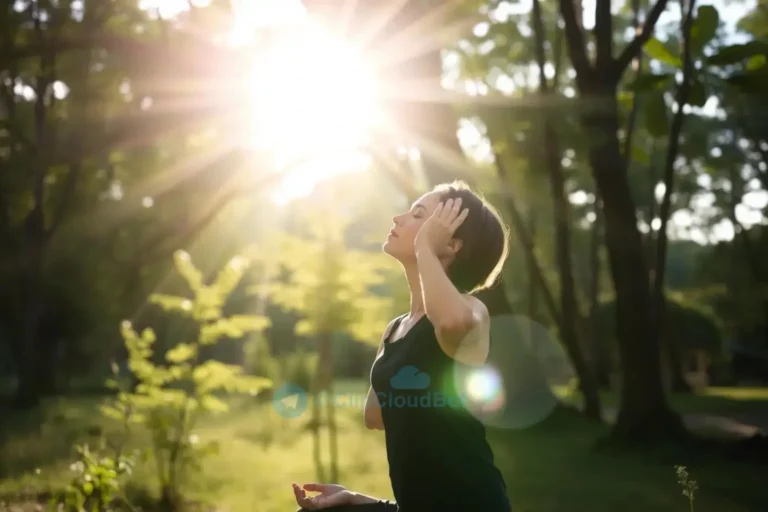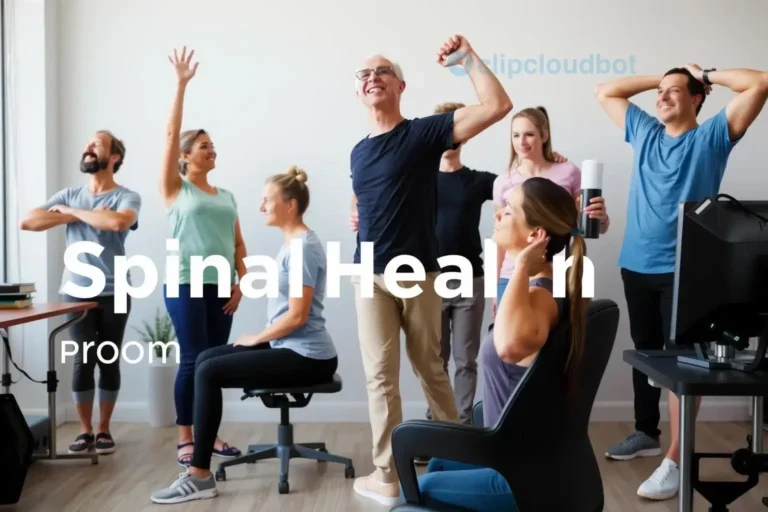The Cold and Heat Revolution: Optimizing Metabolism and Mood Through Temperature
In the quest for optimizing metabolism and enhancing mood‚ we often overlook the powerful influence of temperature. Our bodies are intricate thermo-regulating machines‚ constantly adapting to environmental changes. This inherent ability to generate heat‚ known as thermogenesis‚ plays a crucial role in both our physical and mental well-being. This article delves into the fascinating world of thermogenesis‚ exploring how both cold and heat exposure can be strategically employed to unlock a range of benefits.
Understanding Thermogenesis: The Body’s Internal Furnace
Thermogenesis is the process by which our bodies generate heat. This process is essential for maintaining core body temperature and supporting various metabolic functions. There are several types of thermogenesis‚ including:
- Resting Thermogenesis (RMR): The energy expended to maintain basic bodily functions at rest.
- Exercise-Associated Thermogenesis (EAT): The heat produced during physical activity.
- Non-Exercise Activity Thermogenesis (NEAT): Energy expenditure from activities other than sleeping‚ eating‚ or formal exercise (e.g.‚ fidgeting‚ walking).
- Diet-Induced Thermogenesis (DIT): The energy required to digest‚ absorb‚ and process food.
- Adaptive Thermogenesis: The body’s response to environmental changes‚ particularly temperature fluctuations.
Adaptive thermogenesis is where the cold and heat revolution truly comes into play. By strategically exposing ourselves to different temperatures‚ we can harness this adaptive mechanism to optimize our metabolism and improve our mood.
The Power of Cold: Activating Brown Fat and Boosting Metabolism
Exposure to cold temperatures activates brown adipose tissue (BAT)‚ often referred to as “good fat.” Unlike white fat‚ which stores energy‚ brown fat burns calories to generate heat. This process significantly increases metabolic rate and can contribute to weight management. Cold exposure can also improve insulin sensitivity‚ reduce inflammation‚ and enhance cardiovascular health.
Practical Applications of Cold Therapy:
- Cold Showers: Start with short bursts of cold water at the end of your shower and gradually increase the duration.
- Cold Water Immersion: Submerging yourself in cold water (e.g.‚ ice baths) can be highly effective‚ but should be approached with caution and gradual acclimation.
- Cryotherapy: Exposure to extremely cold temperatures in a controlled environment‚ typically for a short duration.
The Benefits of Heat: Relaxation‚ Detoxification‚ and Improved Mood
While cold exposure activates brown fat‚ heat therapy offers a different set of benefits. Heat promotes relaxation‚ reduces muscle tension‚ and improves blood circulation. Saunas‚ in particular‚ have been shown to induce a deep state of relaxation‚ mimicking the physiological effects of moderate-intensity exercise. Heat exposure can also stimulate the release of endorphins‚ leading to mood elevation and stress reduction. Additionally‚ sweating during heat therapy can facilitate detoxification by eliminating toxins through the skin.
Practical Applications of Heat Therapy:
- Saunas: Traditional saunas (dry or wet) offer a variety of health benefits.
- Hot Baths: Adding Epsom salts to a hot bath can further enhance relaxation and detoxification.
- Heating Pads: Can provide targeted heat therapy for muscle soreness and pain relief.
Integrating Cold and Heat for Optimal Results
Combining both cold and heat therapies can provide a synergistic effect‚ maximizing the benefits for both metabolism and mood. For example‚ alternating between hot and cold showers can improve circulation‚ boost energy levels‚ and enhance the body’s thermoregulatory response.
Precautions and Considerations
While both cold and heat therapies offer numerous benefits‚ it’s essential to approach them with caution. Consult with your healthcare provider before starting any new therapy‚ especially if you have underlying health conditions. Start slowly and gradually increase the intensity and duration of exposure. Listen to your body and stop if you experience any discomfort.
By understanding and strategically utilizing the principles of thermogenesis‚ we can harness the power of temperature to optimize our metabolism‚ enhance our mood‚ and unlock a greater sense of well-being.






